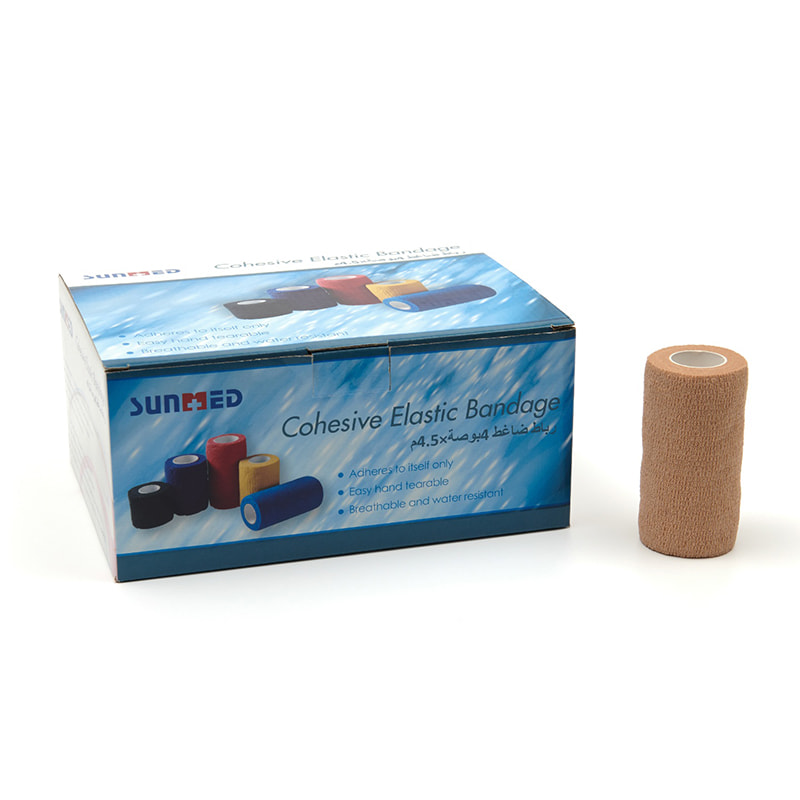Self adhesive bandage wraps are versatile and useful for various types of injuries and medical conditions, but they are not universally applicable to all injury types. Understanding their appropriate use and limitations is crucial for effective and safe application. Here are some key considerations:
Appropriate Uses of Self Adhesive Bandage Wraps
Self adhesive bandage wraps can hold a sterile dressing in place over minor cuts and abrasions, providing protection and maintaining a clean environment for healing.They are often used to provide support and compression for sprains and strains. The compression helps reduce swelling and offers stabilization to the affected area.These wraps can offer additional support to weak or injured joints, such as wrists, ankles, or knees, making them useful in sports and physical activities to prevent further injury.

The compression provided by self-adhesive bandage wraps is effective in managing edema and reducing swelling in injured or postoperative areas.They can be used to secure ice packs or heat packs in place over an injury, ensuring consistent application of cold or heat therapy.After certain surgeries, self adhesive bandage wraps can secure dressings and provide gentle compression to reduce postoperative swelling.
For deep or severe wounds, especially those that require stitches, professional medical treatment is necessary. Self adhesive bandage wraps should not be used as the primary treatment for these types of injuries.They should not be used on infected wounds without medical supervision. Covering an infected wound improperly can exacerbate the infection.

Severe burns require specialized care and should not be treated with self-adhesive bandage wraps. Only minor, superficial burns might be covered with appropriate dressing and bandage wraps if advised by a healthcare professional.Individuals with circulatory issues, such as varicose veins, deep vein thrombosis (DVT), or peripheral artery disease (PAD), should use compression bandages under medical supervision. Incorrect use can worsen these conditions.
People with very sensitive or allergic skin reactions should be cautious. The adhesive component might cause irritation or allergic reactions in some individuals.Self-adhesive bandage wraps are not suitable for immobilizing fractures. Proper medical immobilization devices, like casts or splints, are required for fractures.

Ensure the wrap is applied snugly but not too tightly to avoid cutting off circulation. Check for signs of impaired circulation, such as numbness, tingling, or discoloration of the extremities.Follow recommendations for how long to keep the bandage on. Leaving it on too long can cause skin maceration or other issues.
Regularly check the wrapped area for any signs of complications, such as increased pain, swelling, or signs of infection.Self-adhesive bandage wraps can often be used in conjunction with other treatments, such as topical medications or other dressings. Ensure compatibility and proper layering.
Self adhesive bandage wraps are a valuable tool for managing a variety of minor injuries and conditions. However, they are not suitable for all types of injuries, particularly severe or complex ones. Understanding when and how to use them, along with recognizing their limitations, ensures effective and safe application. Always seek professional medical advice for serious injuries or if you are uncertain about the appropriate use of self-adhesive bandage wraps.


 English
English Español
Español русский
русский Français
Français Deutsch
Deutsch By Admin
By Admin

























